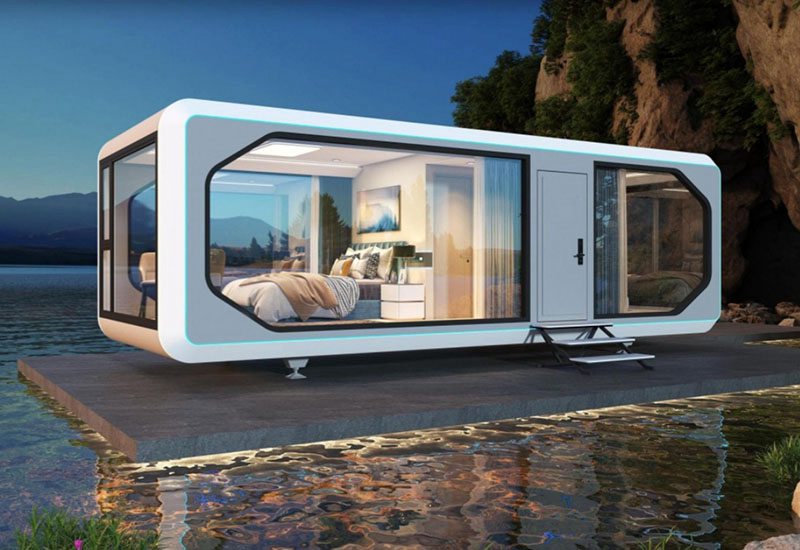With the increasing popularity of off-grid and remote living, there seems to be no better option than pod homes for people looking for a sustainable and autonomous lifestyle. These ready-to-occupy units provide everything essential for an occupant to live remotely without depending on comprehensive utility systems. In this text, we will demonstrate the tremendous advantages of pod homes that are appropriate for off-grid living. These homes are portable, energy efficient, and multifunctional.

Energy Dependency and Self Sufficiency
The major drawback of conventional pod homes is the requirement of connection to utilities and/or resources like that of city water and sewage. Time and again this has been the deal-breaker in these designs reaching their target audience. However, this is not the case with most pod homes as they are self-sufficient with built in rainwater harvesting systems, solar power panels, and even dry toilets. These features make pod homes environmentally friendly and people looking to be off the grid forever.
Compact and Efficient Design
Pod homes are uniquely designed to be resource efficient while maximizing on space which makes them suitable for areas with limited resources. Their small dimensions allow for easy transport and placement in various geographical settings from isolated mountains’ ridges to remote forested areas. Equally important is the fact that the pod homes are space efficient as well since many of them are equipped with smart designs that can incorporate multi-functional furniture to ensure convenience and practicality in limited sheltered areas.
Sustainability and Environmental Impact
Pod homes can be constructed from a wide array of green materials including, reclaimed timber, bio-based insulations, and efficient systems. The construction of these homes help save the surroundings by designing them to need as few parts as possible and create little waste. For environmentally conscious individuals who wish to cut their carbon emissions, building pod homes is perfect, as it provides an ecological solution to housing rather than other options.
Easy to Transport and Install
The other positive side of the pod homes is their mobility. Based on the fact they are modular and prefabricated structures, pod homes can be transported with ease in modular components and assembled efficiently in locations which are far and remote. Their portability makes them ideal for off grid living since they can be taken to places where conventional building machinery may not reach. If you want to install a cabin in a remote area or develop an off grid community, it is possible with pod homes.
Versatile for Various Off-Grid Applications
Pod homes are also very flexible and can be utilized for different off grid uses. For instance, these can act as vacation cabins, emergency housing units, small houses, or even as some members of an off grid society. The modular nature entails that various users can have the opportunity to change the scope of their homes or increase the size of the homes completely for more accommodation thus catering for different off grid living conditions.
Cost-Effectiveness and Affordability of Pod Homes
Pod homes provide a more affordable option compared to conventional homes that rely on grid utilities. They are designed in such a way that they can be easily built cheaply, while their size means that energy and maintenance upkeep are cheaper in the long term. For off-the-grid individuals looking for reasonable housing pod homes are an excellent alternative that does not skimp on comfort and ecological integration.
Conclusion
For individuals living off the grid or in isolated regions, pod homes are an excellent option because they are self-sufficient, environmentally friendly, and reasonably priced. Compact size, energy-efficient systems, and green features make them great for anyone who wants to be off the grid. Pod homes are becoming increasingly popular to help people live off the grid in a sustainable, affordable, and flexible way.